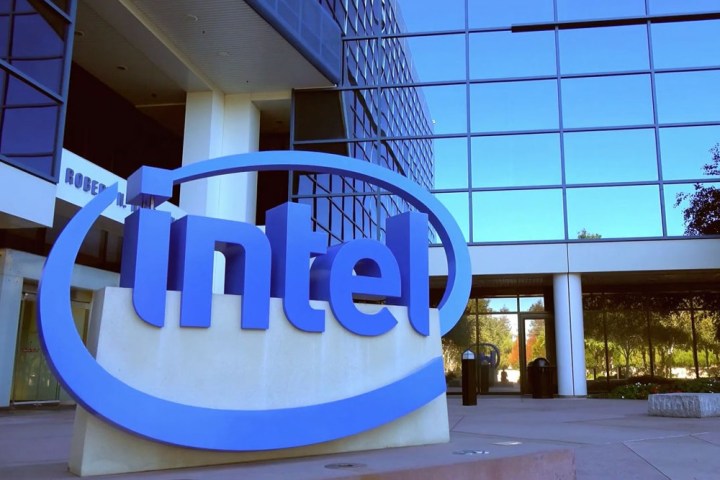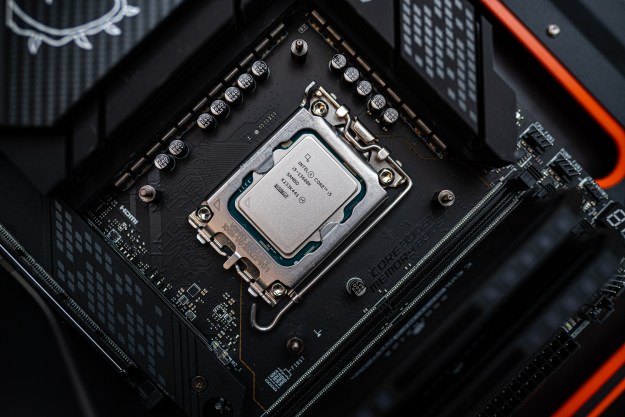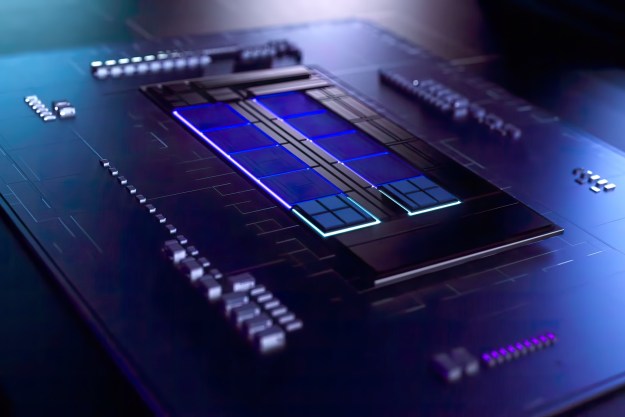
Since the early 2000s, the Santa Clara chipmaker has implemented Hyper-Threading into many of its Core i and Xeon processors, but as of late the technology has been absent in its Pentium offerings. Now, according to Tom’s Hardware, Intel has managed to step its game up with the entry-level Pentium offerings making a sincere return to form.
The wizardry in question, namely Hyper-Threading, is renowned for allowing multiple threads to run on each core, thereby enhancing the performance of the processor as a whole. Don’t get too excited, though, as the Hyper-Threading-equipped Pentium CPUs featured in Intel’s seventh-generation Kaby Lake lineup are strapped for some crucial elements found in the more capable Core i3s.
While the Pentium G620 and G4600 bear a 51W thermal design power (TDP) rating similar to their i3 counterparts, the G4560 has a 54W TDP, notably higher than anything in the i3 range save for the unlocked i3-7350K. Meanwhile, the Pentium G4600T and G4560T serve as the less-powerful options, clinging to a sheer 35W TDP. A comparison could easily be drawn to the i3 “T” chips who claim the same power rating.
In terms of clock speeds, the new Pentium chips extend from 2.9GHz to 3.7GHz. This, of course, is not quite up to par with that of the Core i3 range. Likewise, they squeeze by with 3MB of cache as opposed to the i3 series’ 4MB. The silver lining is in the graphics department, where majority of the souped-up Pentium CPUs manage Intel’s integrated HD graphics 630; that’s right, the same 630 bolstered by the i3. That said, the G4560 and G4560T are disadvantaged by the weaker HD Graphics 610.
Aside from the aforementioned shortcomings, the seventh-gen Pentiums abstain from Advanced Vector Instructions 2 (AVX2) support, which provides a welcome boost to performance for largely businesswide tasks such as data mining and middling video rendering. Despite these concessions, the Hyper-Threading-enhanced Pentium chips aren’t much different in price than they were prior to being graced by the nifty bonus.
This year’s Pentium refresh will set you back somewhere between $53 and $63 depending on the model. Given the proper use case, one of these chips could be the perfect match for your budget gaming build or lightweight productivity PC, although the inclusion of HD 630 and even 610 graphics could allow you to embrace your artsy side with video and photo editing as well.
Editors' Recommendations
- Some surprising details on Intel’s upcoming 14th-gen laptops just leaked
- Intel’s Core Ultra CPUs are more Apple, less AMD
- Get ready to pay more for Intel’s next-gen CPUs
- Intel’s most powerful CPUs may not launch until 2024
- Intel’s next budget CPUs may finally be worth buying for gamers


